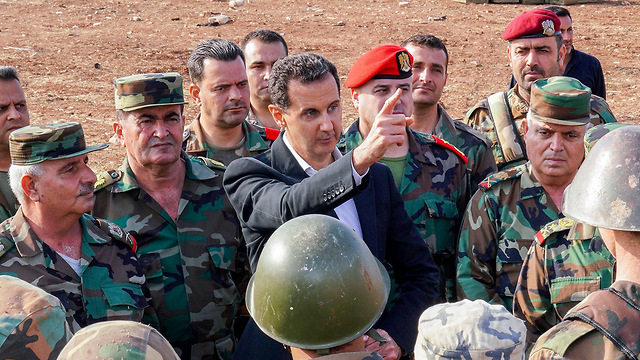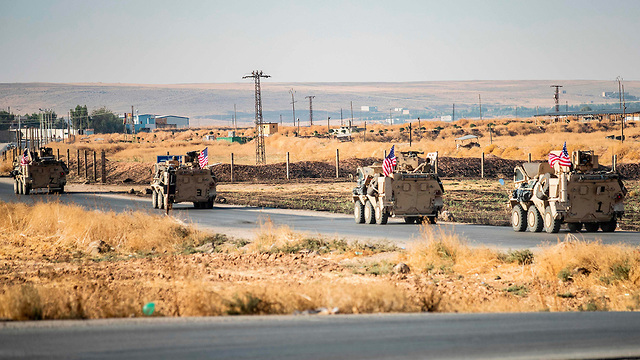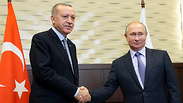
Putin wins in Syria, but he is not the only one
Analysis: Russian leader achieved his goals in meeting with Turkish president, while Erdogan was forced to give up on most of his objectives in northeastern Syria; meanwhile, Islamic State is busy rebuilding, unfettered by beleaguered Kurds or recently departed Americans
If the agreement is carried out in full – the massacre of the Kurds will be avoided, and Erdogan will not be free to settle Sunni Syrian refugees loyal to him on the Turkish-Syrian border or expel the the Kurds from the area.
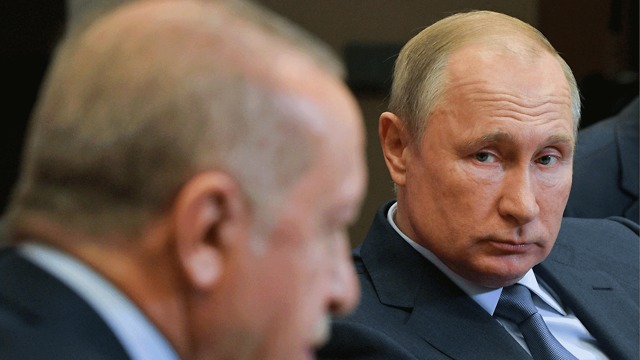
Erdogan's strategic goal was to settle the border area with Syrian refugees who fled to Turkey at the beginning of the country's civil war. This would have prevented the Kurds having territorial control of the land all the way from Iraq and Iran through Syria and into southeastern Turkey and increasing the possibility of a Kurdish state that Ankara views as a threat.
By settling parts of Syria with Sunni Turks, Erdogan would have had control over the area - just as Turkey did in the Cyprus civil war of the 1970s that resulted in a Cypriot-Turkish state that still exists today.
U.S. President Donald Trump had faciliated the ethnic cleansing of the Kurds by Erdogan's forces - but Putin, in Tuesday's meeting, put an end to that.
The Turkish president did however come away with some gains, such as the withdrawal of the armed YPG Kurdish militia from the border area and the anticipated withdrawal of Syrian Kurdish fighters from an area 32 kilometers deep and 120 kilometers wide on the Syrian side of the shared border with Turkey.
A security zone and Turkish-Russian patrols along the border will prevent freedom of movement of Kurds who may wish to carry out attacks in Turkey in wake of Erdogan's invasion.
Kurdish civilians will be allowed to remain in their homes, protected by Russian and Syrian government forces, and the hundred of thousands that have already fled will be able to return.
All of this depends on Turkey meeting its commitments and stopping the pro-Turkey Syrian Sunni militias under its command.
In this, the Turks seem to have learned from Iran's Revolutionary Guards commander Qasem Soleimani - using mostly loyal local militias and not their own troops to do their bidding in other countries.
If he does this, Erdogan achieves two goals: He can claim he has not invaded Syrian territory and was only there to help Syrians return to their homeland and he also would avoid violating international law by using his own troops and putting them in harms way.
Conducting war by proxy is becoming more prevalent in the Middle East. It was not the brainchild of Iran or Turkey, in fact, it was Israel who used the South Lebanon Army (SLA) as its own militia in order to protect its northern border in the latter part of the 20th century.
The SLA model is similar to what Erdogan intended in Syria after Donald Trump decided to abandon the Kurds to their fate.
Israel, however, never had any intention of settling southern Lebanon, while the Turkish leader did harbor hopes of altering the demographic makeup of the population along the Syrian-Turkish border.
But it is Syrian President Bashar Assad of Syria who emerges as the winner of the Russian-Turkish deal.
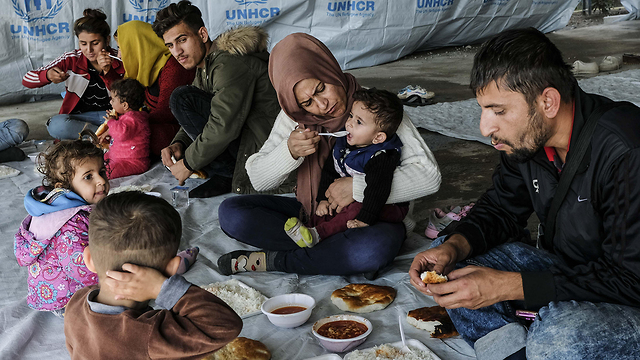
Putin has been working to strengthen Assad's grip on all of Syria after years of bloody civil war, so that rebuilding can begin in the ravaged country and a tidy profit can make its way back into the Russian coffers via oil and phosphate mining contracts.
The speedy withdrawal of American troops after a phone conversation between Erdogan and Trump gave Russia and Syria everything they were after with little or no effort on their part.
The terrified Kurdish militias who fought against Assad's forces in the past and even declared part of the Syrian territory to be an independent Kurdish nation now fled into the open arms of the Syrian ruler asking for his protection.
Putin has long made it clear that he favors the Syrian Kurds and even prevented Assad from attacking them.
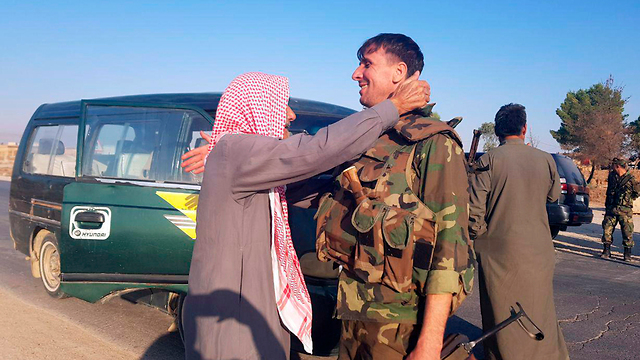
Joint Russian and Turkish patrols will ensure solidification of Assad's control of northern Syria and its Kurdish population, including the oil rich areas.
Putin achieved his agenda at his meeting Tuesday with the Turkish president, while Erdogan was forced to yield most of his strategic goals, coming away only with tentative security arrangements.
The Kurds, with the support of American troops, did control a third of Syria after defeating the Islamic State and Assad will now set his sights on that as well.
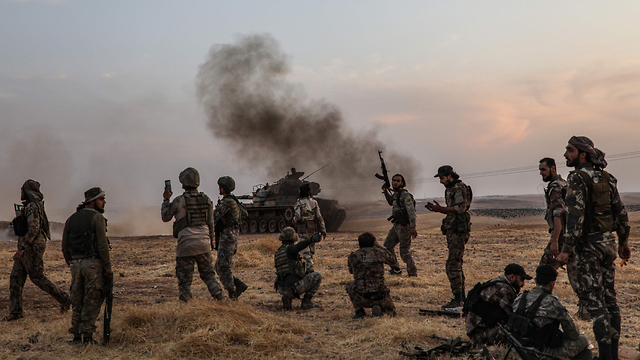
The area includes hundred of jailed IS fighters who were being guarded by Kurdish forces. The prisoners' families are still in refugee camps (which are actually de facto detention camps) in the Kurdish areas too. Many have escaped since the start of the Turkish offensive, with the Kurds making little effort to stop them.
These Islamic State members are now free and rebuilding their underground infrastructure just like their brethren in Iraq. They've changed their methods, and are no longer trying to create a state - they are operating as a terrorist organization controlling villages, farm land and oil fields to meet their financial needs.
IS is returning to the areas from which they were pushed away by Kurdish and U.S. forces in northeastern Syria.
The 2,000 American troops who were stationed in Syria had been collecting intelligence on IS operations and periodically launched attacks against them - mostly using Kurdish YPG forces and the Syrian SDF militias who were actually working for the United States.
Now that these U.S. troops are no longer there, there is no intelligence gathering and IS is free to operate as it pleases.
American forces operating from Iraq will not be in a position to gather the same intelligence and will certainly not be able to launch any attacks. The bottom line is that Trump handed Islamic State the gift of freedom of operation.
In fact, the U.S. media - quoting Pentagon sources - reported that IS was quick to take advantage of this new reality in Syria.
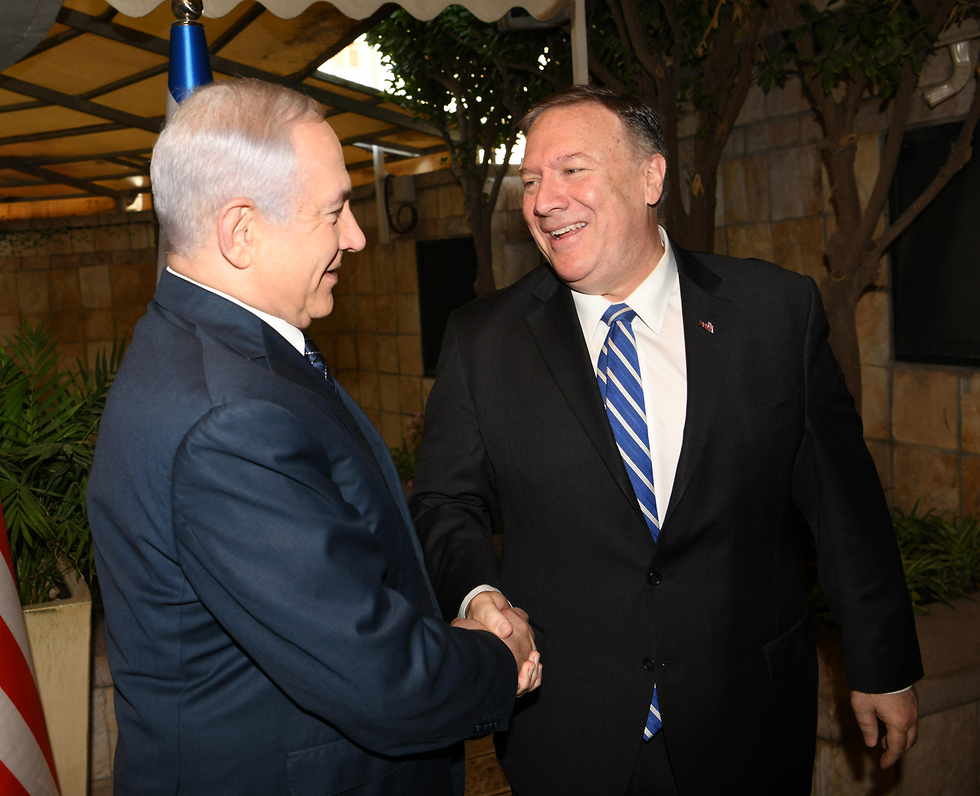
As Trump reported, Prime Minister Benjamin Netanyahu also called him to ask that the U.S. not leave Syria entirely. Trump said he agreed, and promised the U.S. would continue to prevent the Iranians from creating a land corridor from Iran through Iraq and into Syria.
Iran has been trying to transport missiles and other advanced weapon systems to its proxies in Syria and Lebanon through two passages - one in the area of Boukamal, near Syria's border with Iraq, where the Iranians have set up logistics operations, and the other close to where the Syrian-Iraqi and Syrian-Jordanian borders meet in the al-Tanf area, on the road leading from Iraq to Damascus.
The Americans have built a small base for U.S. and British special forces fighting IS, as well as Iranian-backed militias trying to bring weaponry into Syria from Iraq.
The base is maintained by civilian companies contracted by the Pentagon and is monitoring the area of the Iraqi-Syrian border.
Western and Arab media outlets have both reported regular attacks on convoys carrying Iranian missiles through both routes, most likely by American and British special forces.
Though the U.S. presence is small, it is very effective in its control of the area. When Trump agreed to keep this small presence in place, Israeli security officials as well as their counterparts in the CIA let out a sigh of relief.
So far, Israeli interests have not been severely harmed by the U.S. troop withdrawal, but it is also evident that Trump could have reached the same agreement with Erdogan as Putin did on Tuesday.
A joint American-Turkish effort would have kept the Syrian forces at bay, but the president of the United States - as is his wont - made his decision to pull his troops on the fly after a brief telephone conversation with a ruthless world leader.










